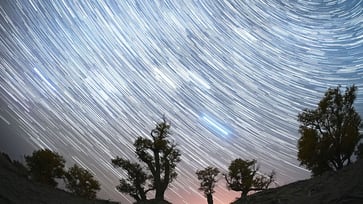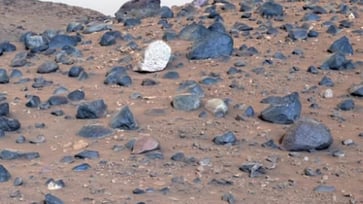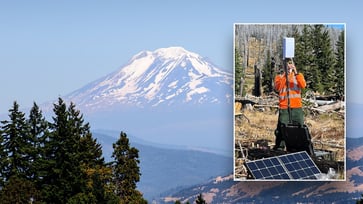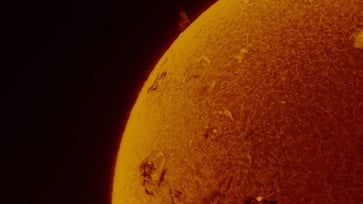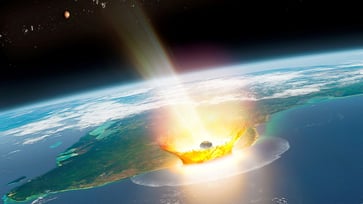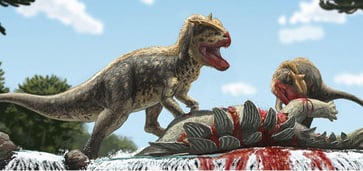In an effort to discover new threats to sequoias, researchers have scaled the world's largest tree, General Sherman, for the first time.
Scientists aim to create a health monitoring system for giant sequoias to detect deadly bark beetle infestations.
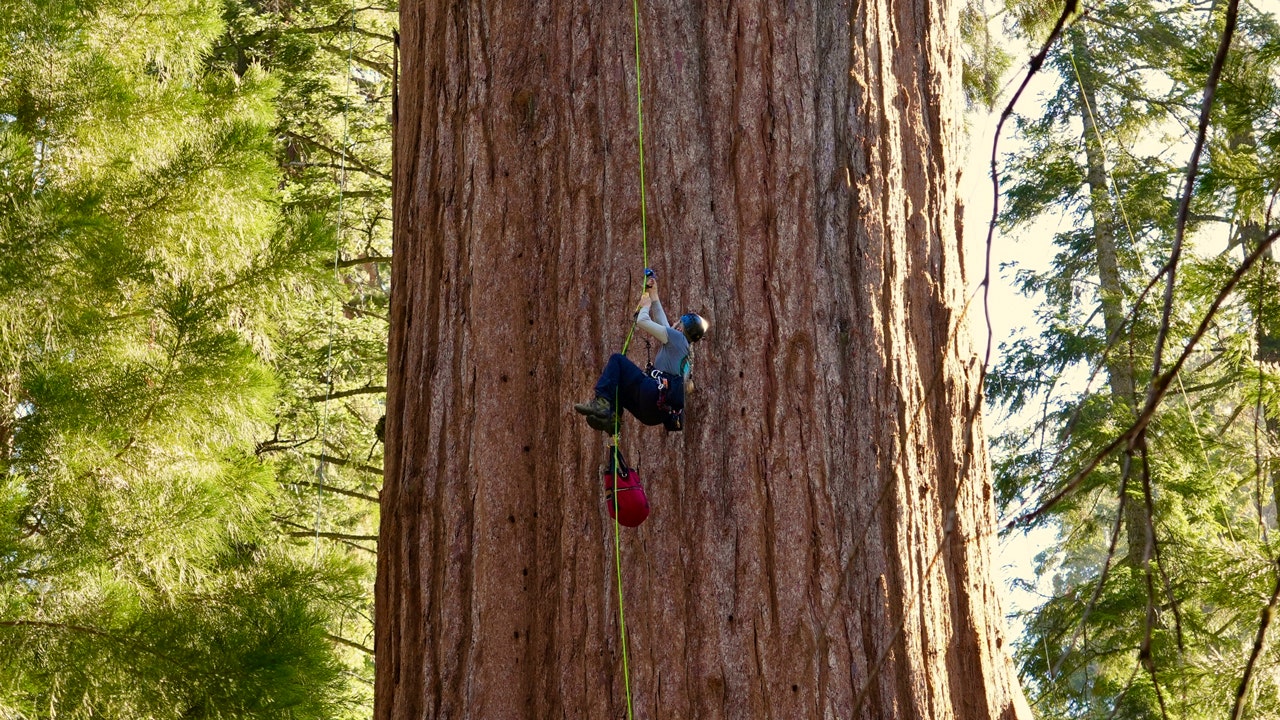
- For the first time, researchers examined the world's largest tree, General Sherman, and found it to be in good health.
- Giant sequoia trees are increasingly threatened by bark beetles, which have become more dangerous due to extreme heat, drought, and wildfires.
- In 2020 and 2021, wildfires destroyed up to 20% of the world's 75,000 mature sequoias.
In the high canopy of General Sherman, the world's largest tree, researchers searched for evidence of an emerging threat to giant sequoias: bark beetles.
The climbers descended the towering 2,200-year-old tree with good news on Tuesday.
"According to Anthony Ambrose, executive director of the Ancient Forest Society, who led the expedition, the General Sherman tree is currently in good health and able to resist any beetle attacks."
For the first time, climbers successfully scaled the renowned 275-foot sequoia tree, attracting visitors from worldwide to Sequoia National Park.
In the western Sierra Nevada range of California, the only place where they are native, giant sequoias, the Earth's largest living things, have endured for millennia.
As the climate becomes hotter and drier, giant sequoias, which were once believed to be almost indestructible, are increasingly at risk from extreme heat, drought, and wildfires.

In 2020 and 2021, wildfires killed up to 20 percent of the world's 75,000 mature sequoias, according to park officials.
"Ben Blom, director of stewardship and restoration at Save the Redwoods League, stated that the most significant threat to giant sequoias is climate-driven wildfires. However, to avoid being caught off guard by a new threat, the organization is currently studying beetles."
In recent years, bark beetles have become a greater concern for researchers due to their increasing threat.
Recently, scientists have discovered that beetles, which have co-existed with sequoias for thousands of years in California, have been able to kill the trees. About 40 sequoia trees have died from beetle infestations, mostly within the national parks.
Ambrose stated that we are recording trees that have succumbed to a combination of drought and fire, which have weakened them, making them vulnerable to beetle attacks.
The tiny beetles, if left unchecked, can kill a tree within six months by boring into branches and working their way down the trunk from the canopy.
Park officials permitted Ambrose and his team to climb General Sherman for the purpose of conducting a tree health inspection. The inspection was observed by journalists and visitors as they pulled themselves up ropes hanging from the canopy. They scrutinized the branches and trunk, searching for minute holes that suggest beetle infestation.
Since it is impossible to climb every sequoia tree to inspect the canopy in person, researchers are exploring the use of drones equipped with sensors and satellite imagery to monitor and detect beetle infestations on a larger scale within the forests.
The Giant Sequoia Lands Coalition, comprising of government agencies, Native tribes, and environmental groups, organized Tuesday's health inspection of General Sherman with the aim of establishing a health monitoring program for the towering trees.
Officials suggest that if beetle infestations are discovered, combatting the attacks could involve spraying water, removing branches, or utilizing chemical treatments.
Giant sequoias, capable of living 3,000 years, were not previously threatened by bark beetles, which have caused damage to pine and fir forests in the Western United States in recent years.
"Why are we seeing a change in the insect attacks on Sequoia and Kings Canyon National Parks, even though they have withstood such attacks for many years?" asked Clay Jordan, superintendent of the parks. "We need to learn more about good stewardship of these trees to ensure their longevity."
science
You might also like
- Lunar modules from the first two moon landings have been captured in stunning detail by Orbiter photos, more than 50 years after the historic missions.
- Discovery of a remarkable mastodon jaw in a New York homeowner's backyard
- NASA resumes communication with Interstellar Voyager 1 after pause.
- In 2055, the asteroid that was once referred to as Earth's "mini moon" will make a return visit.
- A new species of sea slug that resides in the ocean's 'midnight zone' has been discovered with a glowing appearance.

